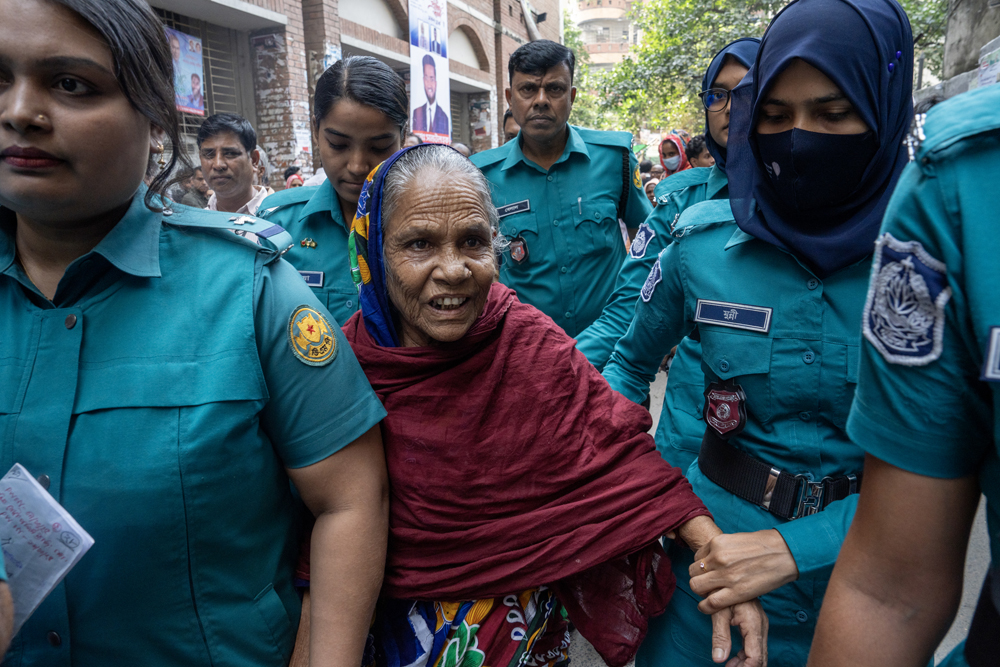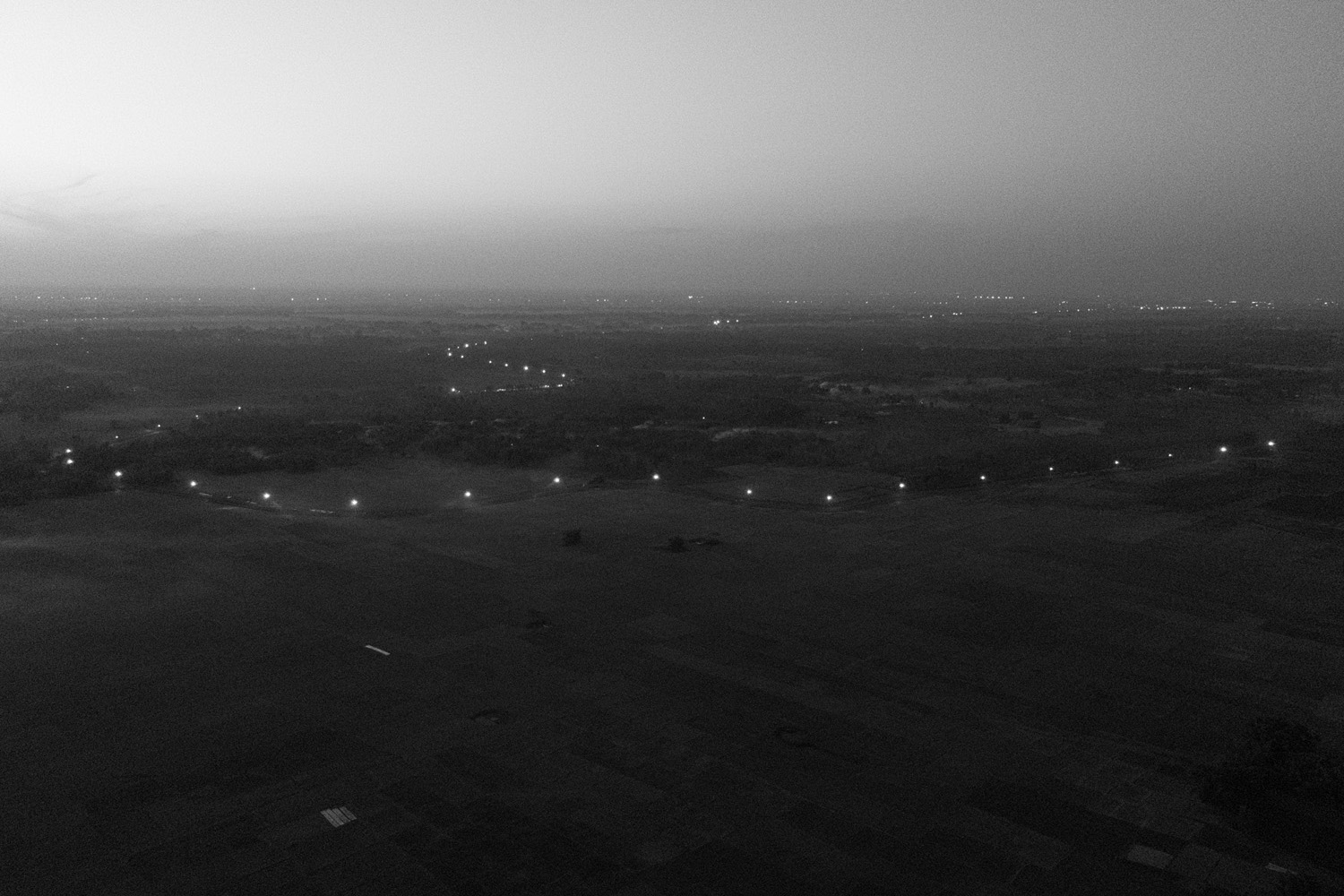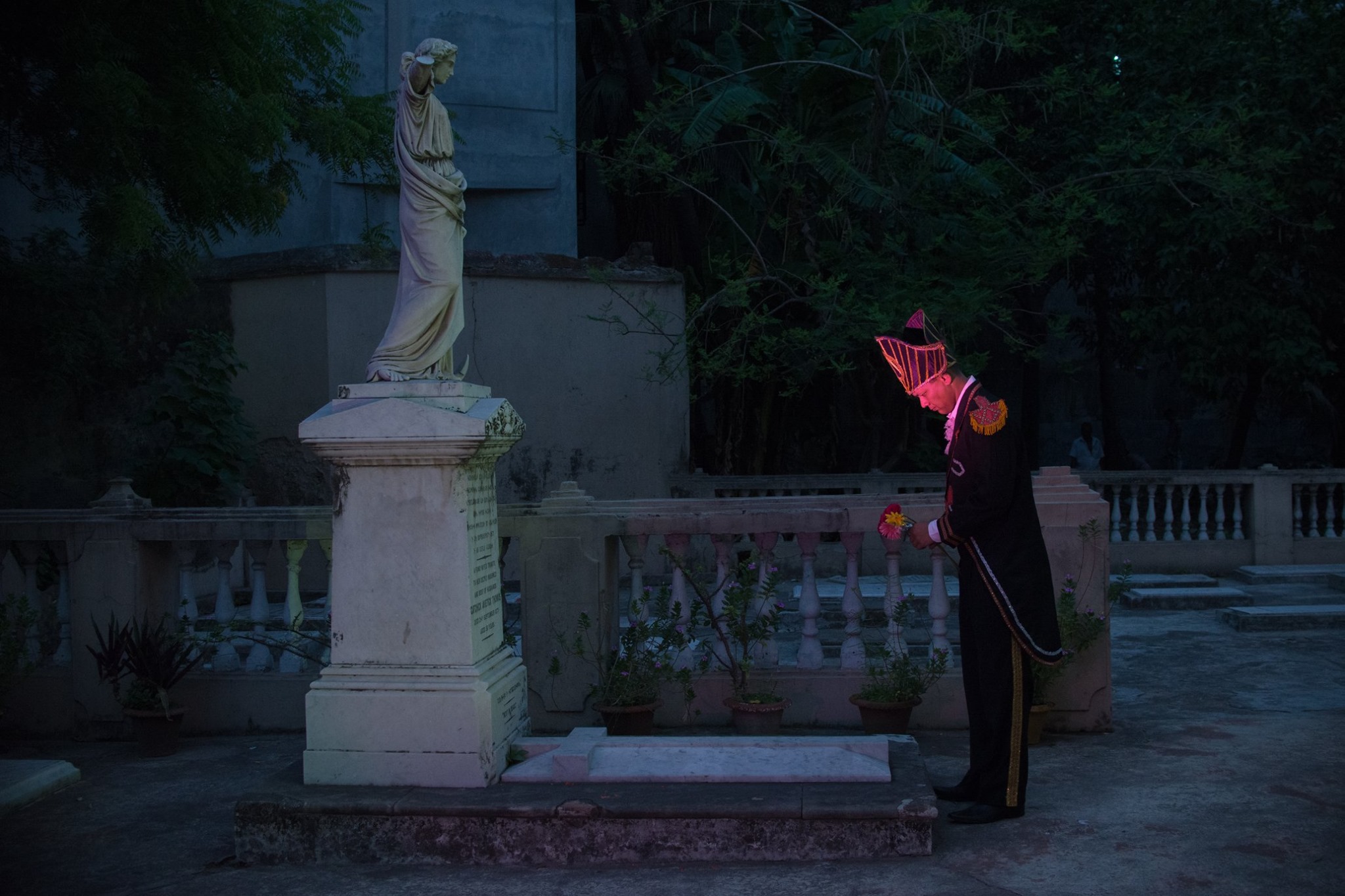Border that bleeds
There is violence. Illegal movement of goods. Illicit transportation of domestic labour. Bollywood dreams and dresses, too, travel across, but the water under the Teesta barrage does not flow. Women tend gardens of spinach around the erected pillars, while their men may return dead, bearing the marks of border violence.
However, violence is not the only currency that dominates; there is defiance, courage, and a sense of disbelief at the expectation of the Bangladeshi and Indian states that a line drawn with barbed wire will only separate, defying the shared history and knotted kinship. Drawing from ongoing photo documentation since 2012, the photographs here depict how ordinary people living along the frontier area defy the hegemonic expectation that the sanctity of the border of two nation-states must be protected.
In so doing, the exhibition describes the everyday stories of farmers, fishermen, ‘smugglers’, domestic workers, and the business elite who casually cross the border without ever being stopped. For the wealthier class, the border is rather fixed; they tend to comply with sovereign expectations, but for the young man, who lost his sight of border violence and casually returned to the business of sacrificial animals across borders, the line moves every night along with the movement of search, sneaking on his land.
For them, the line not only divides but also profoundly reminds them of how people are inextricably linked through work, trade, history, and family.



















